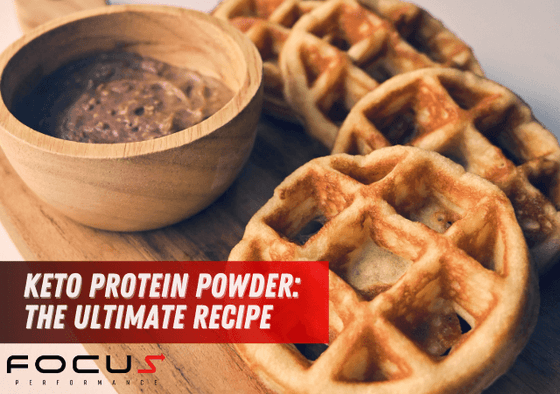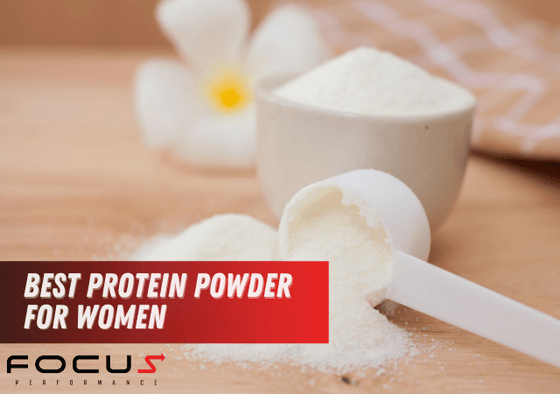
Today’s big weightlifters are a lot more lean than their vintage peers, who looked more like professional wrestling’s Natural Disasters. Everyone, though, from lifters to marathon runners, has some amount of body fat. Some have a lot, others have barely any, and how much you need often depends on what you’re doing with it.
Fat isn’t there just to spite you and cover up your six-pack; it’s a powerful and very efficient source of energy. During hibernation, black bears can lose up to 30% of their body mass through the loss of accumulated fat and muscle.
For strength athletes, some fat can be incredibly useful, with the added mass making it easier to move and receive heavy weights. For a lot of other people, though; cyclists, runners, climbers, CrossFitters, shedding body fat can help to reduce the load on joints, increase speed and agility, and generally improve the mechanics of movement.
If you’re looking to shed some fat, what’s the best way to do it without losing muscle – or better yet, how do you lose fat and gain muscle at the same time? We’re going to explore a few of the ways to attack unwanted fat and get into the best shape of your life.

Fat is essentially stored energy, in the form of a bunch of cells, some water and other molecular bits and pieces. There are two kinds of fat that exist in your body; there’s white fat – which is considered bad in excess – and there’s brown fat – which in the appropriate amounts is incredibly useful. Babies are born with lots of brown fat, which they use for basic, instinctual things like staying alive.
As an energy source, fat contains nine calories per gram, more than twice that of carbohydrates or protein. This is mainly due to fat’s low water content. By those numbers, 400g of fat contains around 3,600 calories – this is why it can be so difficult shed excess fat, and why people stranded at sea can survive for a remarkably long time without abundant food.
When you gain weight, what’s happening is that your fat cells are getting bigger. They get bigger until they can stretch no more, at which point, a signal is sent out for the body to start making more fat cells. Once you’ve made fat cells, it’s incredibly difficult to get rid of them – you can make them smaller again, but they’ll still be there.
If your goal is to lose fat, then using it efficiently and effectively is important. Simply bombing it on the treadmill for an hour every day and eating nothing but salad greens, will see the weight slip off, for sure, but it’s not the healthiest, most sustainable way to go long-term. Eating fat won’t make you fat, not if you’re smart about what you’re taking in. Properly fuelling your workouts, so that you can maximise the intensity at which you work out, is better than draining yourself of valuable energy and nutrients.

When you exercise regularly, your base metabolic rate goes up to compensate for your increased movement. Your base metabolic rate is the amount of calories you need to maintain basic functionality and not turn into a horrible, gaunt zombie.
The opposite happens when you’re sedentary (not exercising) for a long time. Your body gets used to burning calories more slowly, so your base metabolic rate goes down. Unfortunately, if you combine this set up with lots of extra calories, the result is weight gain.
"We use body fat certainly as a reserve for energy, but also as a source of heat (not just insulation - heat), and potentially as a compartment to sequester toxins" says Dr. Zain A. Hakeem
of RiverRock Medical.
If you want to get great at running long distances, then running long distances is the best way to train. Long, slow cardio workouts will use up calories, but slowly, compared to interval and high-intensity training. If you’re already lean, then maintaining your body fat levels with running could be effective, but if you want to drop fat as quickly as possible, you’ll need to blast it.
When you train using intervals, you create a metabolic afterburn, which allows you to carry on burning fat for hours after the workout. Placing your body under stress also releases growth hormone, which simultaneously burns fat and helps to build lean body mass.
Your body is made to adapt in response to external pressures, too, so switching up your workouts as often as possible is a great way of ensuring that you don’t hit a plateau and stop making progress.
One of the most effective and easy ways to get high-intensity, fat-blasting workouts in throughout the day, is with tabata sets. Absolutely any movement can be performed tabata style, since all that’s involved is 20 seconds of flat-out work, followed by 10 seconds of rest. That’s one round. Traditionally, you would work for eight rounds, but you can do as many as you like.
Here are a few examples of tabata workouts with more than one movement. Perform movement A for 20 seconds, rest for 10. Perform movement B for 20 seconds, rest for 10. That’s one round. Repeat eight times.
Compound movements are exercises which recruit multiple (usually large) muscle groups at once. This is good, since it not only makes you a more functional athlete, but the increased demand burns more calories and releases more growth hormone.
Work compound movements into your training to burn fat from your whole body. Movements like:
Hit each of the barbell movements twice (maybe three times) a week, but listen to your body to avoid useless sessions and injury. Some typical set schemes might look like this:
Work up to 90-95% of your one-rep max for a single, then drop to 70% for 4 sets of 3
Speaking of intensity, actors often need to get into shape in double-quick time, shedding huge fat loads and packing on serious muscle. We recently did a round-up of some of the most incredible body transformations in Hollywood.
So while we can’t promise you Hollywood good looks or talent, we can give you these top tips for annihilating fat quickly and safely:
Solid nutrition is one of the cornerstones of optimum performance and fat loss. Here are just a few picks to help keep you on track:
Grass Fed Whey Protein
Hormone-free and sweetened with natural stevia
Hemp PrO - Organic Hemp Protein
Highly bioavailable source of organic protein
Give these fat burning tips a go and let us know how you get on. If you enjoyed this post, please share with your friends via your favorite social channels.
Good luck.
Despite the benefits we’ve learned about protein powders, not all of them are keto-friendly. Just like any product for people on a low-carb diet, you need to read the label closely to make sure you’re not consuming added carbs and sugars.


Scott Reid
Author
Scott Reid is a 2 x Britain’s Strongest Man U105kg winner (2007 & 2008) and IFSA World's Strongest Man U105kg Competitor. He is an expert in strength and conditioning and also coaches functional nutrition. Scott’s passion for understanding the human body and how to optimise every aspect of it has driven him to study under legends such as Paul Chek. Scott now coaches MMA Athletes, Strongmen and Bodybuilders to name but a few, helping them to implement a well structured diet and become more powerful, explosive versions of themselves.